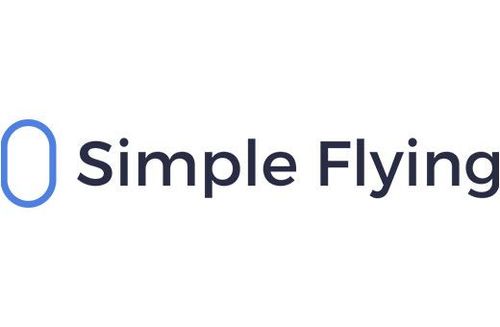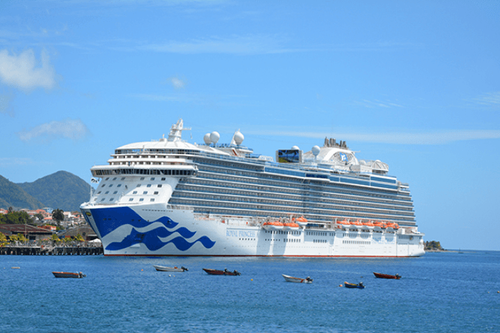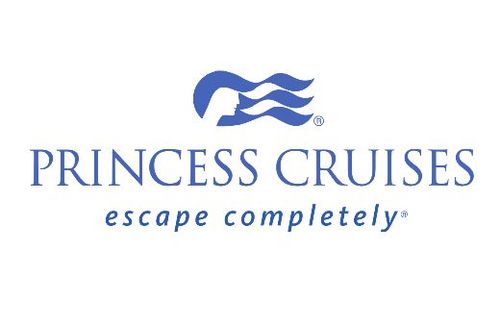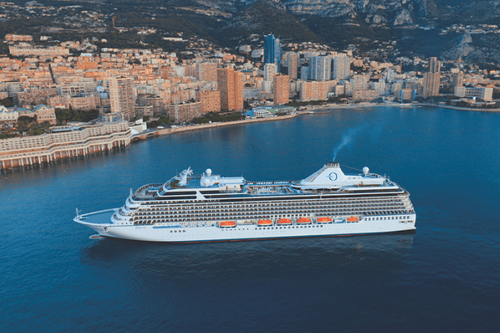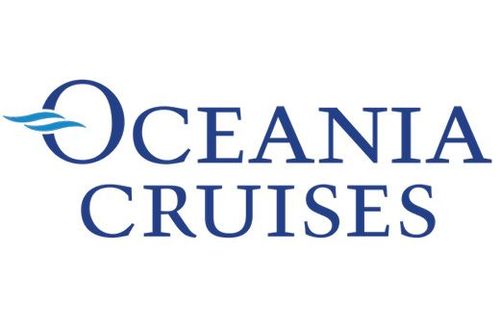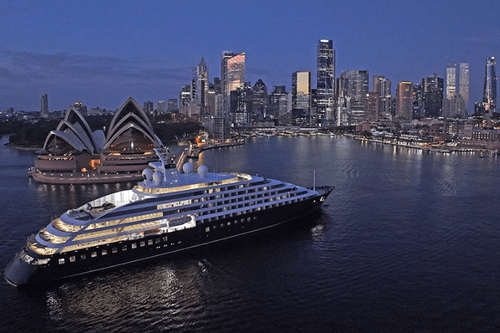Where travel agents earn, learn and save!
News / CAPA Live: KLM CEO straps in for aviation's bumpy recovery
KLM has received a state aid package totalling EUR3.4 billion
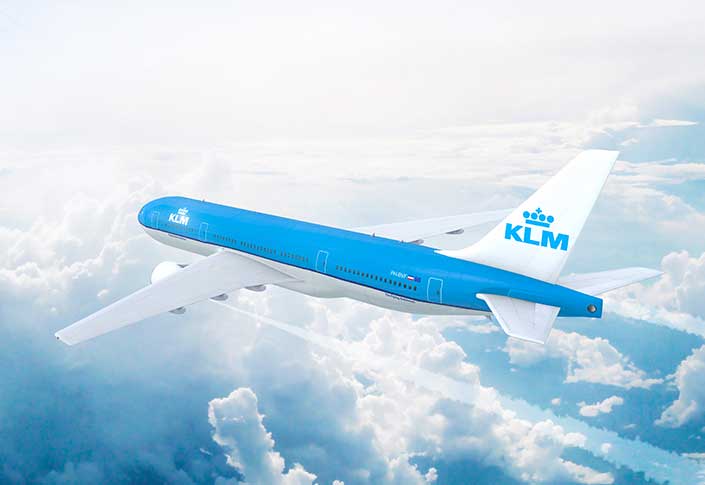
November 19 - “We’re heading for a very cold winter”, KLM CEO Pieter Elbers told CAPA Live on November 11, 2020, but added that, “with the vaccine and some of the measures, we’re optimistic”.
KLM has received a state aid package totalling EUR3.4 billion, of which EUR2.4 billion was a bank loan 90% guaranteed by the Dutch state and EUR1 billion was a direct loan from the government. State approval of the aid required union agreement to a 15% staff cost reduction, and KLM is cutting its workforce by 5,000 by the end of 2020.
This ensures KLM’s survival through the most challenging phase of the COVID-19 crisis and gives it the opportunity to benefit from improved demand, particularly long haul, when it comes. It is operating more of its fleet and network than most European legacy airlines – a necessity for a hub carrier with almost no domestic market.
For now, Mr Elbers remains cautious, telling CAPA Live: “My internal focus is we have crisis management for the last six to nine months. We’re now in the phase of recovery. It’s not going to be linear recovery, it’s going to be a bumpy recovery”.
KLM is operating 41% of 2019 seats in mid November 2020 …
According to data from CAPA/OAG, KLM's weekly seat numbers fell to only 7% of 2019 levels in April 2020 and remained below 10% until the end of May 2020.
Capacity then grew to a peak of 58% of the 2019 seat count at the end of August 2020, but has steadily declined since then to a level of 41% in the week of November 16, 2020.
“When borders were opening up again and societies were opening up again, in the summer months, July and August, it wasn’t too bad”, says Mr Elbers, but “from September onwards, with new lockdowns new cases and the lack of Intercontinental recovery, we have seen basically a return in Europe to much lower levels”.
…a higher level than Air France and the European market
KLM has been ahead of its sister company Air France on this metric since late September 2020, and also ahead of the European market since early August 2020. In the week of November 16, 2020, Air France is operating only 21% of 2019 seat numbers and the European market overall is on 27%.See related report: European airline capacity falls again, but optimism grows
KLM and Air France vs all Europe: year-on-year percentage change in weekly seat capacity, 2020
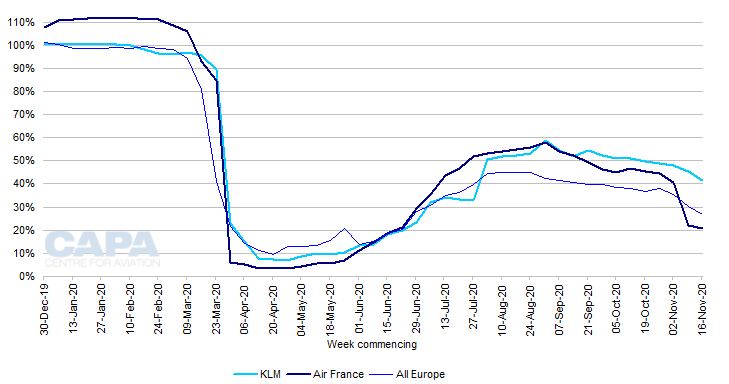
KLM load factor was only 33.6% in 3Q2020, prompting lower capacity levels in 4Q
KLM's reduction in capacity since early September 2020 reflects renewed travel restrictions, but also weak load factors.
According to Air France-KLM’s 3Q2020 results statement, KLM achieved a load factor of just 33.6% (down by 57.5ppts year-on-year) in the July-September quarter, while Air France’s load factor was 51.5% (down 37.4ppts).
In 3Q2020 overall, KLM operated just under 49% of its prior year ASKs, with a similar percentage on both long haul and short/medium haul.
Air France-KLM’s 3Q2020 results report on October 30, 2020 said that KLM would operate c. 45% of its pre-crisis ASKs in 4Q2020 (compared with 35% for Air France).
A subsequent statement from KLM on November 11, 2020 said that its European network would serve 90-95% of its pre-crisis destinations, with capacity at 40%, in “the coming months”.
The long haul network will operate 50-60% of its pre-crisis passenger flights, or 65% including cargo-only services.
Relatively strong performance in cargo, in KLM’s passenger and combi aircraft, and in its cargo subsidiary Martinair’s freighter fleet, has been “a sort of silver lining in a very big cloud we’re facing with this COVID”.
KLM has 92% of its aircraft in service to maintain network integrity; towards an all-Boeing fleet?
According to the CAPA Fleet Database, KLM has 151 aircraft in service out of a total of 165, or 92% (this includes 49 Embraer regional jets operated by KLM Cityhopper and four 747 freighters operated by Martinair, all in service).
This compares with 183 out of 301 (61%) for Air France (including its HOP! regional subsidiary) and 5,000 out of 8,100 for all aircraft in Europe (62%).
Mr Elbers attributes the high proportion of KLM Group’s fleet in service to the desire to maintain a large part of its network, albeit at lower frequencies and capacity. The aim is to offer customers as many destinations as possible.
Although in the week of November 16, 20 capacity is only 41% of levels a year ago, KLM is maintaining the majority of its network destinations. According to OAG, it is serving 124 airports, which is 78% of the 158 served in the same week of last year.
This means deploying its regional fleet in full in order to reach most of its European network.
In maintaining as much as possible of the integrity of its long haul network, importantly supported by cargo demand, KLM is also keeping the majority of its widebody aircraft in service (including all its freighters).
Mr Elbers says that the long haul fleet is “mostly” on the way to becoming all Boeing, while this is “not decided” for the medium haul fleet.
KLM Fleet at November 16, 2020

"Committed" to sustainability
The KLM Group order book for aircraft mainly consists of 21 Embraer ERJ195-E2 regional jets for Cityhopper. The mainline has just one 787-10 on order.
KLM’s fleet planning will need to take account of conditions attached to the state aid package concerning reduced carbon emissions and increased use of sustainable aviation fuels.
“And we’re committed to that”, says Mr Elbers, “so we will come to new fleet, we will continue our programs for sustainable aviation fuel.”
Air France-KLM's hubs and partnerships will be "even stronger" post COVID-19
The combination of Air France and KLM was always largely driven by coordinating the hubs to feed their long haul networks, but Mr Elbers' faith in the hub system has not been shaken by the pandemic.
“The combination of Paris CDG and Amsterdam makes a combination of two very powerful and strong hubs in Europe. That was the pre COVID situation, that will be the same case after the COVID situation.”
The pandemic prompted the almost total collapse of long haul traffic and the business travel segment, which has always been a vital source of profit to long haul routes. Long haul and business travel are expected to take longer to recover than short haul and leisure travel.
Because of this Mr Elbers expects smaller long haul flows – whether point-to-point, or between a hub and a smaller spoke destination – to be under particular pressure in the recovery.
“So I do firmly believe that recovery of long haul business traffic will be led by traffic through the hubs rather than point-to-point or hub to spoke”, he concludes.
He is confident that the expanded North Atlantic joint venture between KLM, Air France, Delta and Virgin Atlantic will have “pole position to take benefits” from their hubs and partnership as the “number one option” for trans Atlantic customers.
Mr Elbers adds that “some of the alternatives they may have had before COVID won’t be there”. He believes hubs and the JV will be “even stronger post COVID than before COVID”.
Cost cuts are a renewed focus
In the recovery, particularly with business traffic slower to return, there is likely to be downward pressure on yields for some time. This means that all airlines will "have a serious cost issue going forward".
“And we know that with the slower return of business travel, we have to address our cost”, says Mr Elbers, adding that state support from the Netherlands was conditional on cost savings.
“And that’s precisely why the Dutch government as one of the conditions for this loan has put, not only your staff contribution up to 20%, but also a 15% cost reduction as one of the targets to be met.”
KLM operates with fewer business class seats on its widebody fleet than most competitors (34 or 35 on its 777s, 30 on its 787-9s 38 on its 787-10s and 30 on its A33os, according to the CAPA Fleet Database).
This means that it has always operated at lower average yields and, consequently, lower unit costs than many legacy airlines operating out of Europe.
KLM has always had a lower unit cost than its sister airline Air France. In theory, at least, this should position it to take a more active part in the recovery of long haul traffic if yields remain weak.
“I believe that modern fleet, relatively small business class, lower costs should help us to be in a good position moving forward”, says Mr Elbers.
Innovation means more technology partners
Although the onset of the pandemic led to a pause in investment by airlines, Mr Elbers says that KLM is now planning and preparing for the future and considering what investments will be needed.
“What should be the size of our fleet? What should be our customer proposition? How to get the hygiene higher on the agenda, or even more customer centric with digital innovation to help to communicate. And the same, of course, applies for distribution.”
In terms of technology and innovation, Mr Elbers believes that financial pressures will push KLM even more towards partnerships with “technology firms with more resources, more knowledge, more capabilities”.
Technology partners not only increase KLM’s access to investment funds, but also allow it to keep pace with innovation while sticking “to what you’re good at, and that’s running an airline”.
“As an airline, we would not be building our own aircraft”, he says, “so why should we build all our technology ourselves?”
Low airline industry return on capital is not because airlines are not good at selling
Mr Elbers rejects the idea that airlines have not been good at selling tickets. He points to successive improvements in KLM's annual load factor pre-COVID (reaching 89.4% in 2019), and even higher levels for European low cost airlines.
He argues that the airline industry’s historically weak returns on invested capital are not the result of any weakness in selling skills.
Rather, he suggests that this has more to do with the “relative position and the relative cost of airlines in value chain” and “the fact that many of the other actors in that entire value chain have different level of consolidation”.
European airline consolidation "will move a little bit further forward"
He acknowledges that the pandemic is likely to lead to increased consolidation among European airlines: "the lack of a return of traffic or a slower return of traffic will of course bring more airlines into a difficult situation".
Mr Elbers thinks that the current uncertainties around travel restrictions and demand “still requires so much hands-on attention that probably this consolidation itself will move a little bit further forward”.
However, he is careful not to be drawn on which airlines might be the first to exit the market, nor on which airlines or groups might be proactive in leading the consolidation process.
The priority in “2021, at least the first part of 2021, it’s going to be for many of us still a sort of, ‘let’s get out of this crisis first’”.
2021: less capacity and "some form" of recovery
Mr Elbers welcomes the news on a COVID-19 vaccine as "a very important step and widely recognised as a crucial element in recovery of the traffic show".
He is looking to 2021 with a cautiously positive outlook. Next year will feature structurally less capacity than before the crisis.
“Already a lot of airlines have permanently retired aircraft. I mean, we have retired the 747-400s, Air France has retired the 340s to 380s. Many of our competitors have retired aircraft. These aircraft will not return into the sky in 2021. And then we have other airlines which have drastically downsized or may eventually be disappeared.”
This was why KLM’s EUR3.4 billion state aid loan was “so important for us”, he says, because “that will help us to navigate to this sort of recovery phase of the industry”.
And Mr Elbers does expect some form of recovery in 2021, “both on the European side, as well as in the continental side”.
More Travel News:
Recognized for Loyalty Innovation, AAdvantage Program wins the First Editors’ Choice Award in 2020 The Points Guy Awards
Return of the Boeing 737 MAX to service
Lufthansa Group to be first to implement Star Alliance Biometrics and usher in a touchless customer experience at airports
Book with Confidence during G Adventures’ Cyber Sale (and beyond)!



